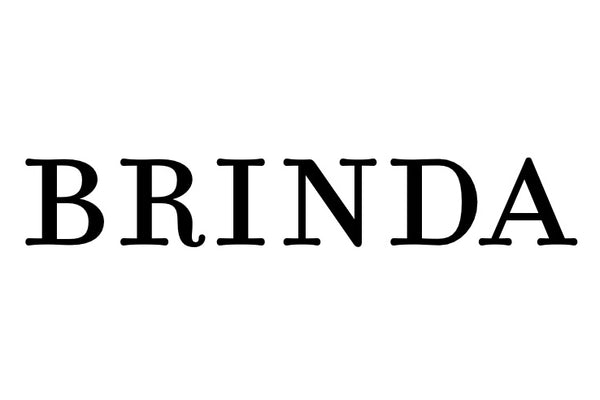Not sure if gold-plated jewellery is for you? We have got you covered. Read the following article to get a peek into everything related to gold plated jewellery.
The best type of gold jewellery is the one that is suited for your needs. It depends on numerous factors like your budget, frequency of wearing, type of usage, level of maintenance and delicacy in handling the jewellery.
What is gold plated jewellery?
Gold plated jewellery is a budget-friendly alternative to pure solid gold jewellery. It offers an elegant look and style without the high price tag. It is an ideal choice for jewellery pieces that you don't plan to wear permanently.
Plating is a process through which a metal or an alloy is covered with a layer of another metal. Watch this video to see the gold plating process in action. Gold plated jewellery is created by glazing a base metal (usually brass or copper) with a thin coat of gold. The quality of gold plated jewellery varies depending on the purity of gold, the thickness of the coating, the base metal used and the standard of craftsmanship.
Is gold plated real gold?
Gold plating uses the method of electroplating to plate articles with real gold. However, the amount of gold used is very small.
The thickness of the gold plating is very thin and can range in between 0.175 - 2.5 microns. Plating with thickness spanning from 0.175 - 0.5 microns is termed as electroplated or flash plated. Jewellery with plating of thickness greater than 2.5 microns falls under the gold vermeil category (also known as heavy gold plated).
The purity of gold used for plating can range anywhere from 10K to 24K. The purity of gold determines the colour of the gold. The higher the purity, the more ‘yellow’ is the colour of the jewellery.
Is gold plated jewellery hypoallergenic?
It is important to be aware of the limitations of the gold plated jewellery and make an informed decision before buying it. The base metal used for gold plated jewellery generally contains alloys of cheap metals that are notorious for causing allergies. However, gold plated jewellery that uses a base metal which is hypoallergenic like 925 sterling silver (free of nickel and cadmium) are relatively safe and less likely to cause allergy flare ups.
Does gold plated jewellery tarnish?
The downside of owning plated pieces is that the plating will wear off over time and use. It is more prone to tarnishing and fading when exposed to moisture and chemicals. Wearing gold plated jewellery while exercising or doing labour intensive jobs can cause the jewellery to corrode and lose its lustre. However, with proper care gold plated jewellery can last for several years. Gold plated jewellery is a good option for those on a budget conscious fashionista.
How to clean gold plated jewellery?
Good practices observed during the process of plating can seal off the base metal from leaching into the gold plating over time. This prevents time induced fading and tarnish. However, long term use and rough exposure can cause the outer layer to scratch, chip and flake off. You can take your treasured pieces to a jeweller to get it replated. Regular replating can ensure that your jewellery stays shiny and glinting.
It is also crucial to store and maintain your jewellery in between replating sessions. You can extend the life of your favourite pieces by following the guide to cleaning and storing your gold plated jewellery.
Which Type of Jewellery Should I Choose?
If you are on a hunt for highest quality, demi-fine jewellery, a gold vermeil collection with 18K gold would be an ideal choice. If you are not allergic to a lower grade of metal or are careful with handling of your jewellery or are on a tight budget, then you can settle for gold plated jewellery which is lighter on the pocket. For purposes of gifting, weddings or commemorative pieces, gold filled jewellery or solid gold jewellery is most suited.
While gold plated pieces are always the best choice for high-quality, gold vermeil and gold filled can always be good alternatives.

